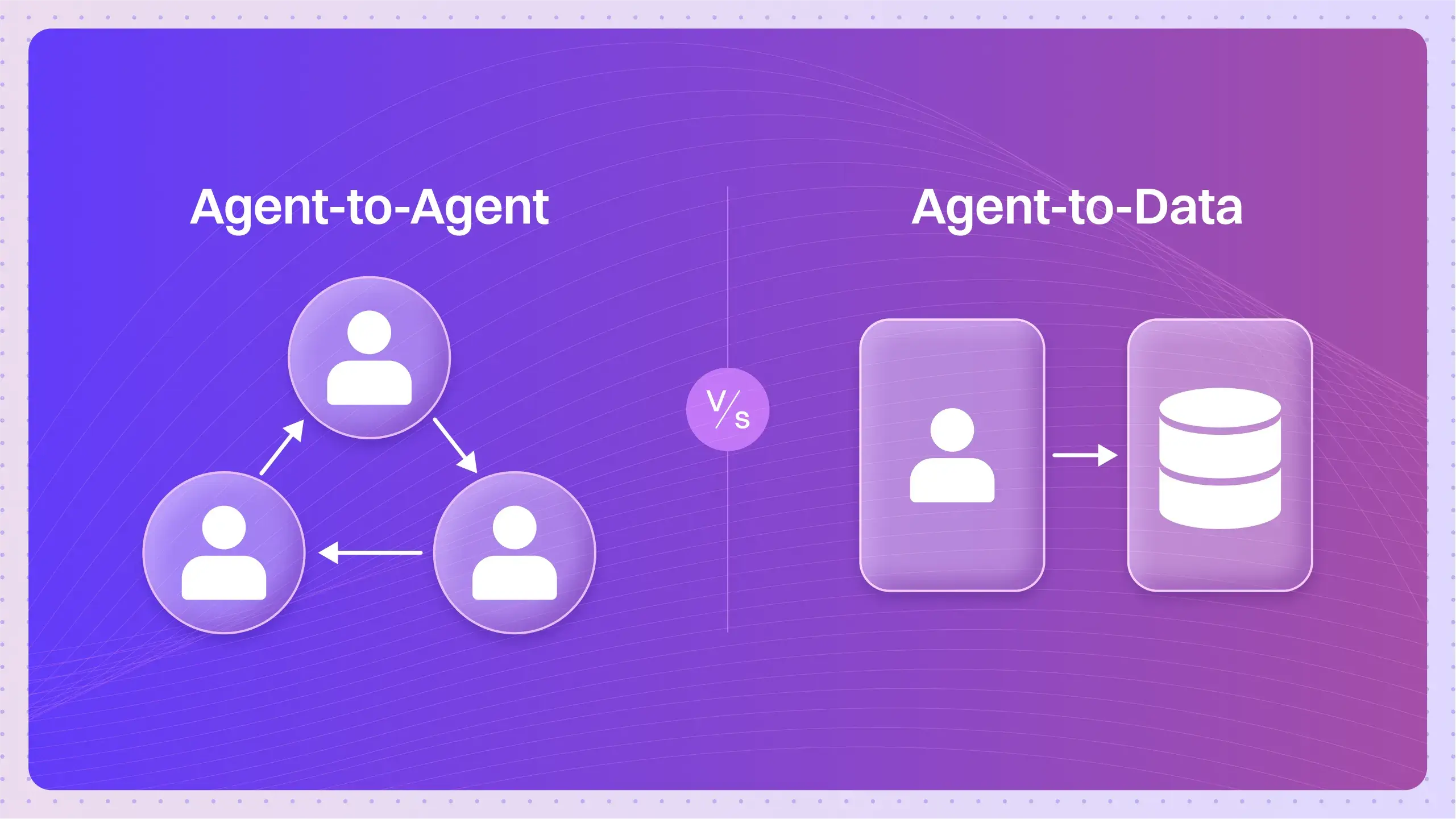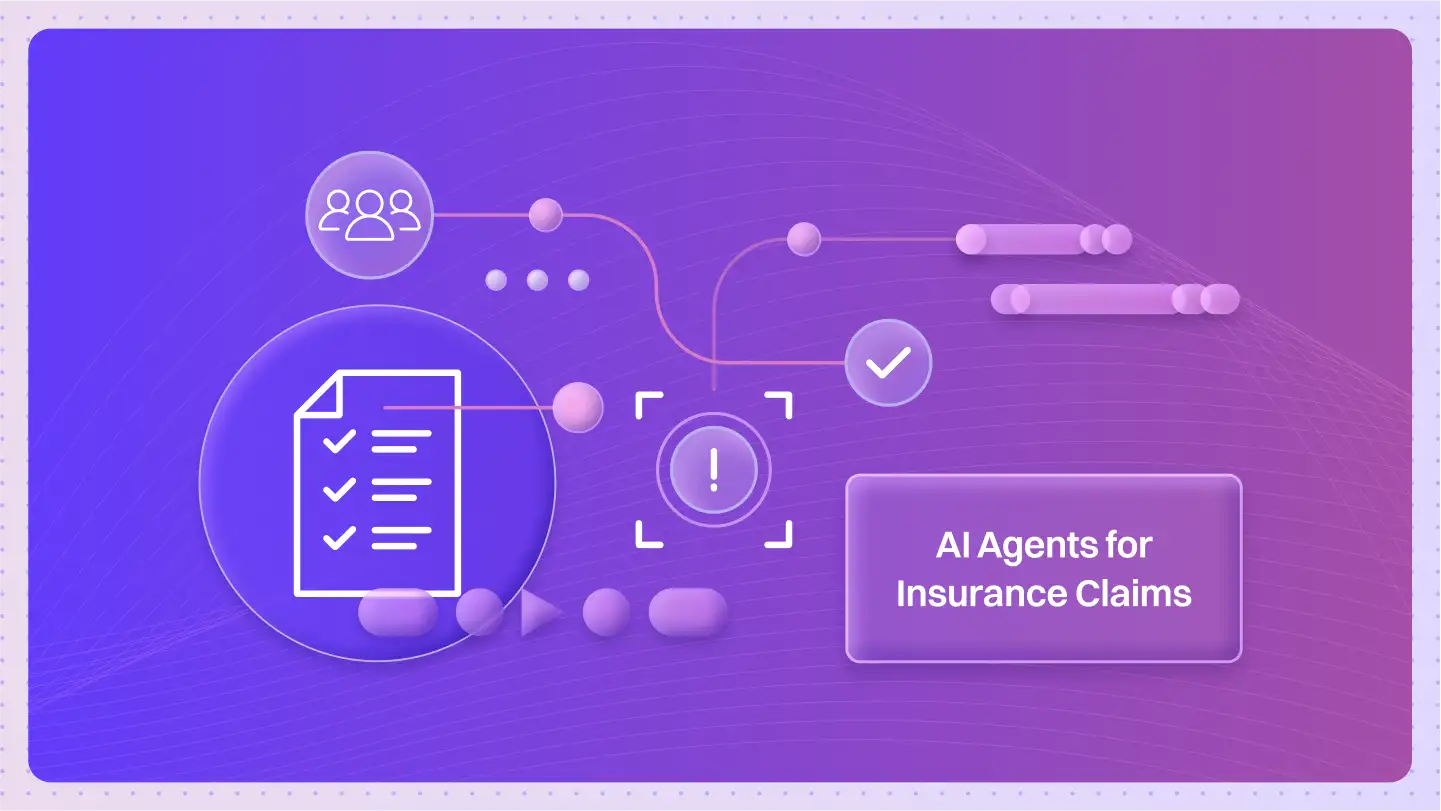What is Data Labeling?
Data labeling is the process of annotating and categorizing data to improve model accuracy. It involves using labeling tools and techniques for effective data preparation, ensuring that machine learning models learn from high-quality, structured information.
How does Data Labeling Improve Model Accuracy?
Data labeling is a crucial process in machine learning and artificial intelligence that involves annotating and categorizing data to improve model accuracy. Here’s how it operates:
- Annotation: Data is meticulously tagged with labels that represent the information contained within, allowing models to learn from accurate examples.
- Categorization: Data is organized into predefined categories, enabling algorithms to recognize patterns and make predictions based on labeled inputs.
- Quality Control: Effective labeling requires rigorous quality checks to ensure the accuracy of annotations, which directly impacts model performance.
- Tool Utilization: Various labeling tools and techniques streamline the data preparation process, enhancing efficiency and consistency in labeling tasks.
- Best Practices: Implementing key practices such as clear labeling guidelines and continuous feedback loops can significantly enhance the effectiveness of data labeling.
By providing well-annotated and categorized data, data labeling plays a vital role in training robust AI models, ultimately leading to improved outcomes and higher accuracy.
Common Uses and Applications of Data Labeling
Data labeling plays a crucial role in various industries, enhancing the accuracy and efficiency of machine learning models. Here are some key applications:
- Image Recognition: Data labeling allows computers to identify objects in images, improving applications such as facial recognition and autonomous vehicles.
- Natural Language Processing (NLP): In NLP, labeled data helps in understanding and generating human language, aiding in chatbots and sentiment analysis.
- Healthcare: Labeled datasets are essential for developing predictive models for disease diagnosis and treatment recommendations.
- Fraud Detection: By labeling transaction data, organizations can identify fraudulent activities more effectively.
- Speech Recognition: Labeled audio data improves the accuracy of voice recognition systems used in virtual assistants.
- Recommendation Systems: Data labeling enhances user profiling, leading to better and more personalized recommendations.
- Autonomous Systems: Robots and drones rely on labeled training data for navigation and decision-making in real-time environments.
What are the Advantages of Data Labeling?
Data labeling is crucial for enhancing the performance of machine learning models. By providing annotated and categorized data, it ensures that algorithms learn effectively. Here are some key benefits of data labeling:
- Improved Model Accuracy: Labeled data helps in training models that understand patterns, leading to more accurate predictions.
- Efficient Data Preparation: Using labeling tools and techniques streamlines the data preparation process.
- Enhanced Data Quality: Properly labeled datasets improve the quality of data, reducing errors in model outputs.
- Scalability: Effective data labeling practices facilitate the scalability of AI projects.
- Faster Development Cycles: With clear annotations, development teams can iterate quickly and efficiently.
- Better Interpretability: Labeled data allows for easier interpretation of model results, aiding in decision-making.
- Compliance and Ethics: Ensures that data is handled ethically and complies with regulations.
Incorporating data labeling into your workflow not only optimizes model performance but also accelerates the overall development process.
Are there any Drawbacks or Limitations Associated with Data Labeling?
While data labeling offers many benefits, it also has limitations such as:
- Time-Consuming: The labeling process can be labor-intensive and may require significant time investment.
- Cost: Hiring skilled annotators or using specialized tools can lead to increased costs.
- Quality Variability: Inconsistent labeling quality can occur, impacting model performance.
These challenges can impact the overall accuracy and reliability of machine learning models.
What are the Real-life Examples of Data Labeling in Action?
Data labeling is used by Google in their image recognition systems to categorize and tag images. This demonstrates how precise labeling enables better understanding and processing of visual data, ultimately improving search results and user experience.
How does Data Labeling Compare to Similar Concepts or Technologies?
Compared to manual data entry, data labeling focuses on annotating data specifically for machine learning models. While manual data entry emphasizes data input, data labeling is more effective for creating structured datasets that enhance model training and predictive accuracy.
What are the Expected Future Trends for Data Labeling?
In the future, data labeling is expected to evolve by incorporating advanced AI techniques for semi-automated labeling processes. These changes could lead to improved accuracy and reduced time required for data preparation, making it easier for organizations to manage large datasets.
What are the Best Practices for Using Data Labeling Effectively?
To use data labeling effectively, it is recommended to:
- Define Clear Guidelines: Establish specific labeling criteria for consistency.
- Use Quality Control: Regularly review labeled data to ensure accuracy.
- Leverage Tools: Utilize labeling tools that facilitate the annotation process.
Following these guidelines ensures high-quality labeled data, which is crucial for model training.
Are there any Detailed Case Studies Demonstrating the Successful Implementation of Data Labeling?
One notable case study is from Tesla, where data labeling was utilized for annotating images captured by their vehicles to train autonomous driving algorithms. This implementation resulted in improved performance of the self-driving features, showcasing the significance of quality labeled data in real-world applications.
What are the Related Terms Important to Understand Along with Data Labeling?
Related terms include Data Annotation and Data Preparation, which are crucial for understanding data labeling because they encompass the processes involved in preparing datasets for machine learning, ensuring that the data is properly categorized and usable for training models.
What are the Step-by-Step Instructions for Implementing Data Labeling?
To implement data labeling, follow these steps:
- Identify Data: Choose the dataset that requires labeling.
- Define Labeling Schema: Create a clear labeling guideline.
- Select Tools: Choose appropriate annotation tools for the task.
- Train Annotators: Provide training for annotators to ensure consistency.
- Review and Validate: Conduct quality checks on labeled data.
These steps ensure a structured approach to data preparation, leading to reliable model training.
Frequently Asked Questions
What is Data Labeling?
Data labeling involves annotating data with informative tags:
- It prepares data for machine learning.
- It helps models learn from categorized information.
How Does Data Labeling Improve Model Accuracy?
Data labeling improves model accuracy by providing clear examples:
- Annotated data helps models differentiate between categories.
- It allows for better training and testing results.
Benefits of Using Labeling Tools
Labeling tools make the data preparation process easier:
- They provide features for quick annotation.
- They help maintain consistency in data labeling.
Common Techniques Used in Data Labeling
Common techniques include:
- Manual Labeling: Offers high accuracy but takes more time.
- Automated Tools: Can speed up the process but may need oversight.
Key Practices for Effective Data Labeling
Key practices include:
- Clear Guidelines: Providing annotators with detailed instructions reduces errors.
- Regular Reviews: Regularly reviewing labeled data ensures quality.
Who Benefits from Data Labeling?
Many professionals benefit from data labeling:
- Data Annotators: Can improve their skills and efficiency.
- Data Scientists and AI Developers: Get better training data for models.
How to Get Started with Data Labeling
Getting started with data labeling is straightforward:
- Choose a labeling tool that fits your needs.
- Familiarize yourself with the data and guidelines for annotation.



